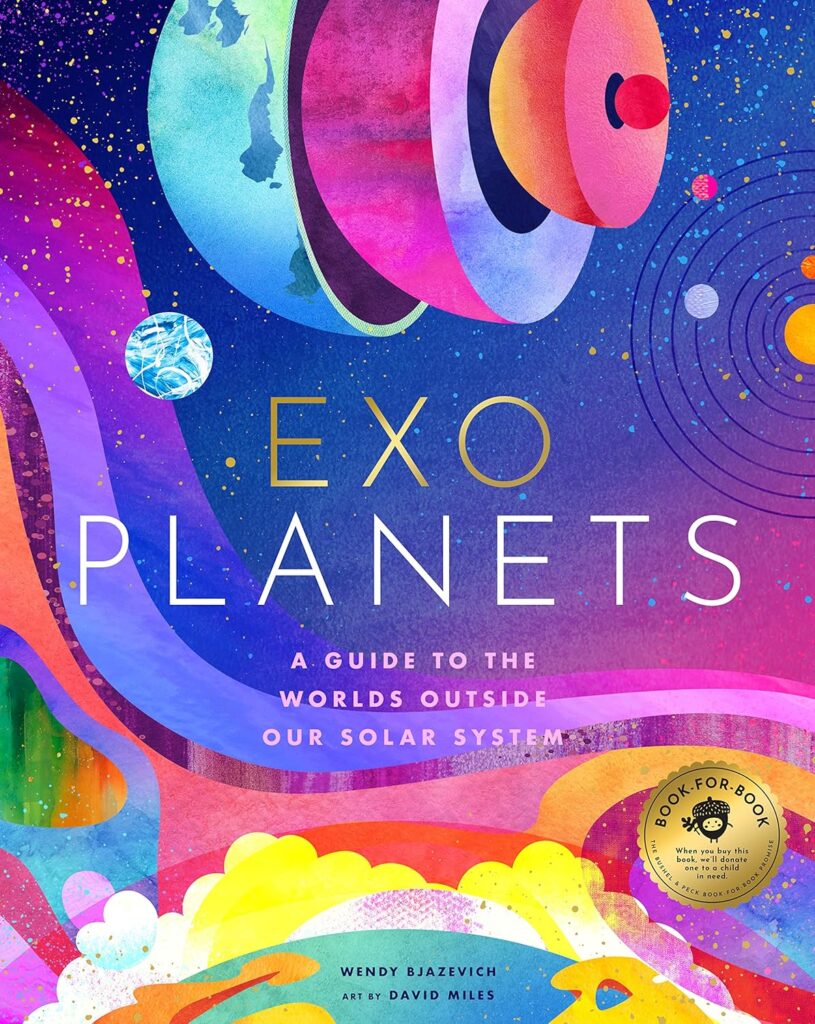
Somehow or another, Exoplanets: A Guide to the Worlds Outside our Solar System snuck past my review radar. Oh it landed in our office, but it gravitated towards our reference books and not in the ‘new’ books to review area. Exoplanets prematurely made its way into our ‘forever’ book stack, instead of the working book column that gets cycled through and written up. It certainly would’ve helped had we read Exoplanets when it was initially released because at that time we were planning our 2023 Dragon Con interviews. At that event we chatted with a handful of scientists researching conditions on various planets and the propulsion methods that astronauts would use to get there. Even though Exoplanets is an illustrated book, a medium that’s stereotypically thought of as a children’s book; it’s testament to the equally correct belief that just because the book is intended for children, it can reach far beyond its target audience.
Exoplanets is a very smart book. Certainly, one expects a degree of intelligence from an illustrated book on outer space. What will impress and surprise readers, who know enough to realize when they don’t fully understand something, is how easy it is to understand previously esoteric terms like Neptunian, gas giant and even the titular object of the book, an exoplanet. While browsing the book I went back in my mind to last year’s Dragon Con where I interviewed Kim Steadman from NASA’s Jet Propulsion Laboratory and Sarah Milkovitch, a planetary geologist.
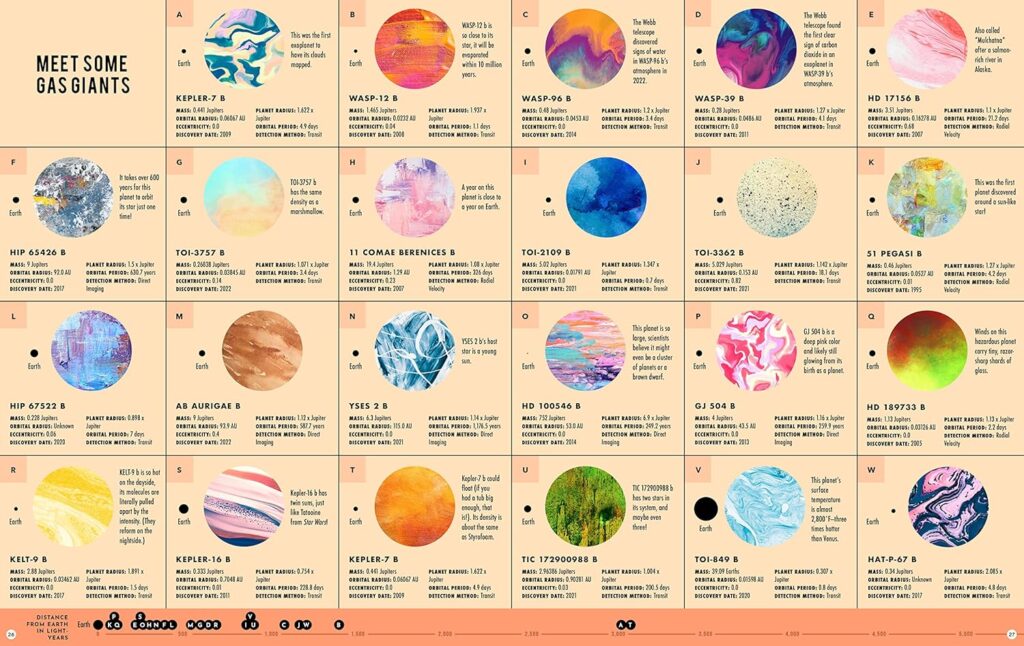
This book takes complex, potentially confusing topics, and presents them in a way that upper elementary school students can understand them, and that high school students can still learn from. For example, I was a little hazy on what exactly an ‘exoplanet’ is. I know that ‘exo’ means outside and was inferring that ‘exoplanet’ is a planet that’s outside of something. In looking at the book’s glossary, and reading the back cover, I realized that it’s technically a planet that’s located outside of our solar system.
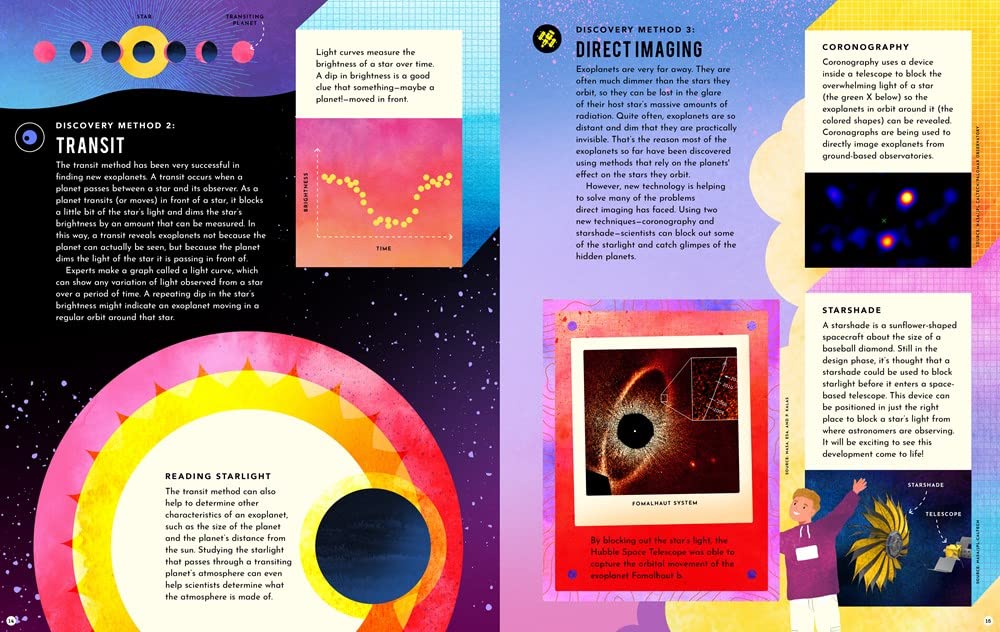
Just being a planet does not guarantee that it’s inhabitable. There are actually four types of exoplanets, the gas giants, Neptunian, super-Earth and terrestrial, with each one of these having specific characteristics that define it. That gas giants are fascinating because they’re massive, but made up more of a gaseous exterior with a smaller, rocky core. Swirling around that core are layers of helium and hydrogen and could easily pass for an atmosphere that the Nostromo is passing through on its way to impending face-hugging doom.
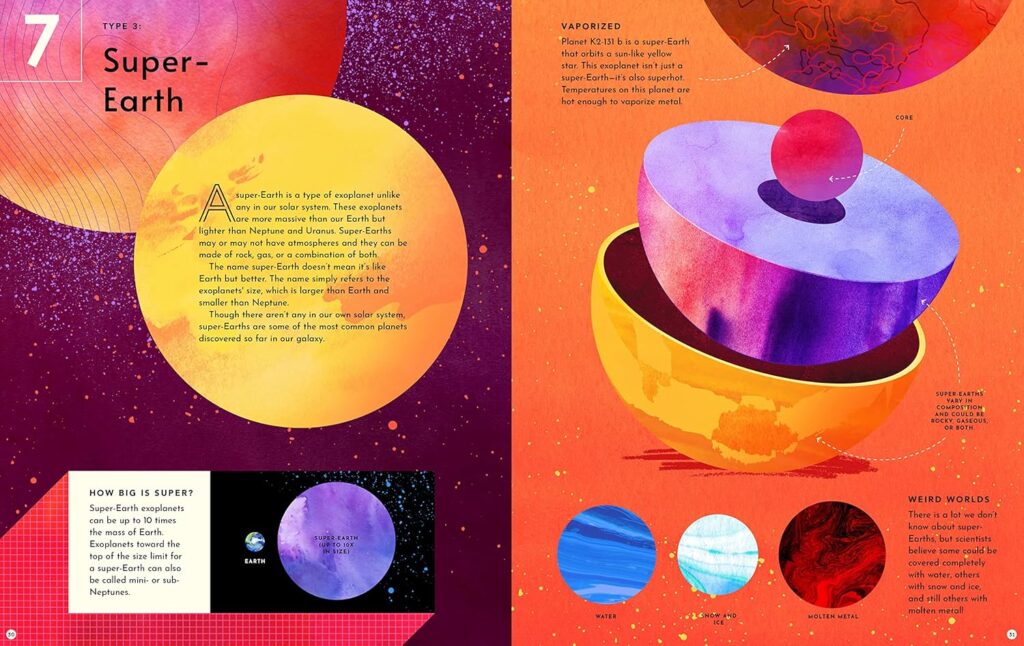
It’s the planets, situations and vastness like this that inspires science-fiction writers and motivate young readers to study things that they’ll most likely never experience. In that vein, Exoplanets is imagination food for ages eight through 80. The colors on the cover are bright, wavy and more stereotypically resemble what you think of in a laundry detergent advertisement than a STEM-based illustrated book. However, have you seen any of the photographs that the James Webb Space Telescope have transmitted?
The images don’t look real. They’re multi-colored photographs that look like something far beyond our imagination, especially when you factor in how much distance there is between Earth, the objects shown in the images and the blackness separating them all. “Are the James Webb Space Telescope’s Images Real?” is one of the first things that pops up when you query a general search for the telescope.
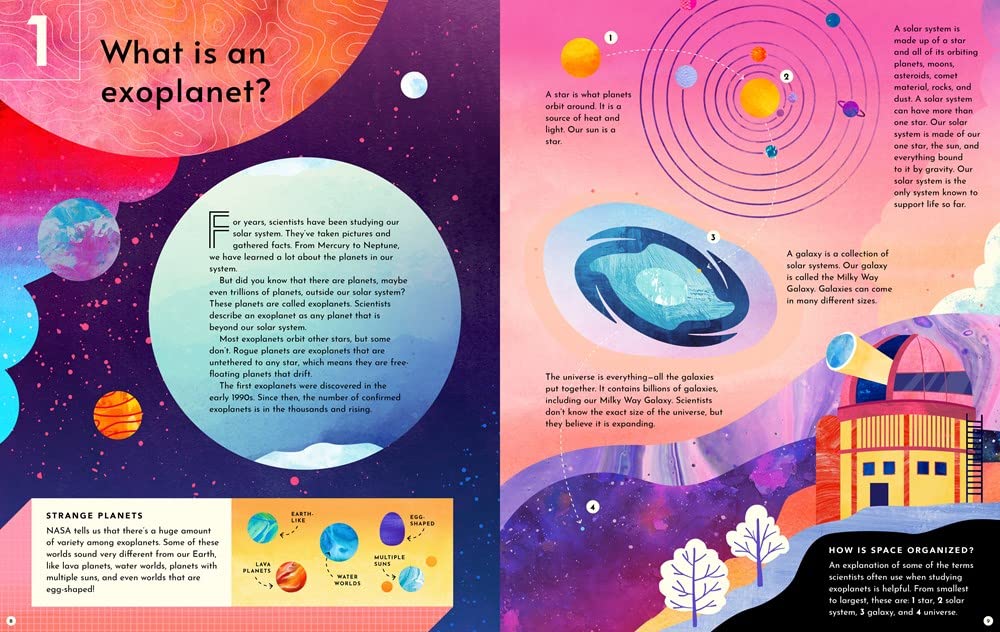
Those are the types of things that we see in Exoplanets. This is an illustrated look into deep space, the situations needed for things to exist, their climates, how we’d discover them and why these far off entities are important. It’s a very effective illustrated book because it quickly plants the curiosity and has the content to answer the questions in a simple manner that’s not intimidating. Exoplanets is broken up into two parts which each part having four chapters covering specific things about their main part. It’s an illustrated book that much smarter than most of the adults reading it, but doesn’t show its intelligence in a braggardly way. Young audiences will experience the book and wonder about what else is out there and older folks will share in the book and wonder what those younger readers will discover in their lifetimes.
Exoplanets: A Guide to the Worlds Outside our Solar System is by Wendy Bjazevich and illustrations by David Miles and is available on Bushel and Peck Books.
There are affiliate links in this post.xx`

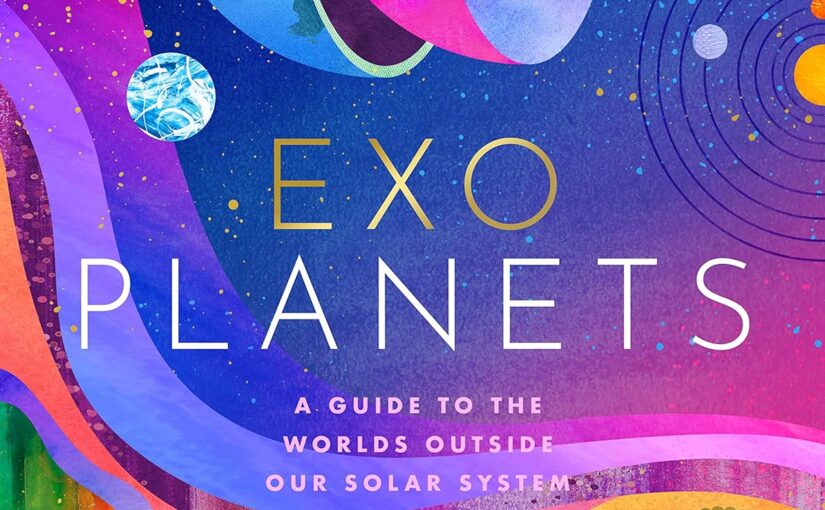



 Facebook
Facebook Twitter
Twitter Flickr
Flickr GooglePlus
GooglePlus Youtube
Youtube